The Forgotten Farmer: Why Hay Producers Deserve a Place in U.S. Farm Policy
By Jon Paul Driver
A cartoon making the rounds on social media shows Uncle Sam handing a farmer a check, while behind the farmer stand a banker, fertilizer dealer, and seed salesman saying, “thank you.” It captures a hard truth: whatever support reaches agriculture rarely stays with farmers. It flows to lenders and input companies.
The cartoon sparked heated debate online, especially among hay producers. The arguments highlight a reality that rarely makes headlines — hay farmers are among the most overlooked, least protected producers in American agriculture.
Uneven Playing Field
Row-crop producers have ARC/PLC payments, revenue-based crop insurance, and now ECAP disaster relief. Cattlemen get Livestock Forage Disaster payments when drought hits.
Hay producers? At best, they’re left with NAP or PRF insurance. PRF is a rainfall index product — more of a subsidized bet on weather station data than true crop coverage. Forage producers caught in severe drought are often told: there’s nothing for you.
That’s the heart of the frustration. When disaster strikes, some sectors are made whole, others get a safety net, and hay farmers are expected to eat the loss.
The Specialization Double Standard
One refrain heard in farm policy debates is, “you should diversify.” For hay producers, that usually means “run cattle.” But as Hay Kings pointed out, wheat farmers are allowed to focus on wheat, and corn and soybean farmers specialize too. Why should hay farmers be expected to hedge their survival with livestock?
Adding cows isn’t a free fix. It requires fencing, water, feeding infrastructure, and markets. Many years, livestock loses money. Specialization should not be punished. A hay farmer is no less legitimate than a wheat farmer or a corn grower.
It’s Not Just Management
Critics often chalk up farm losses to poor management. In the thread, some argued better soil health or rotations would have saved hay stands. But when a farm goes 90 days without measurable rainfall, soil practices can’t conjure rain.
Blaming farmers for systemic challenges — prolonged drought, skewed policy design, global market swings — misses the point. Hay producers aren’t failing because they mismanage. They’re failing because their safety net has holes large enough to drive a tractor through.
Respect, Not Dismissal
Hay farmers often hear: you’re dumb for farming hay in a dry place. Dismissing them ignores reality. If hay farming is written off, farmland rarely turns into an idealized patchwork of cover crops and diverse rotations. It becomes subdivisions, warehouses, or solar fields.
Hay underpins dairies, beef, and equine industries. Farmers who raise it deserve respect, not mockery.
Back to the Cartoon
The real message of the cartoon wasn’t hay versus cattle or crops versus livestock. It was that support dollars don’t stick with farmers. They pass through farm accounts and land in the hands of banks, seed, fertilizer, and equipment dealers.
That’s the deeper frustration: while farmers argue over scraps, the people behind them are the consistent winners.
What Fair Policy Could Look Like
Hay Kings’ perspective suggests a path forward:
-
Parity in risk management — forage deserves robust, actuarially sound insurance, not just PRF.
-
Respect for specialization — programs shouldn’t push producers into enterprises they don’t want.
-
Drought aid for forage — if livestock qualifies, so should the feed that livestock depends on.
-
Policy that builds farm equity — instead of just ensuring banks and suppliers get paid.
Conclusion
Hay producers are the forgotten farmers. They bear the same droughts, the same markets, and the same financial pressures as everyone else, but with fewer tools to manage the risk.
If farm policy is going to keep farms alive, it can’t keep writing hay farmers out of the script. Otherwise, the folks behind the farmer in that cartoon will keep saying “thank you,” while the farmer’s voice gets quieter every year.
